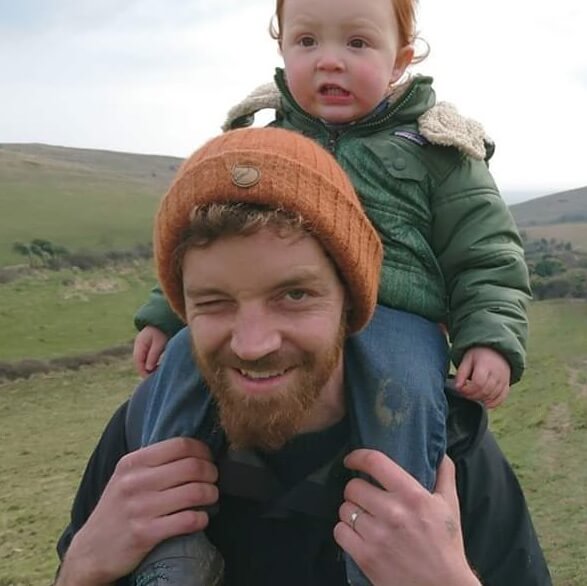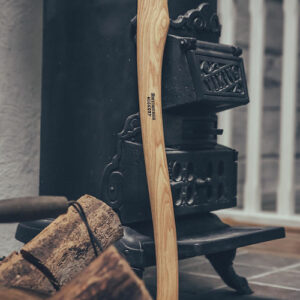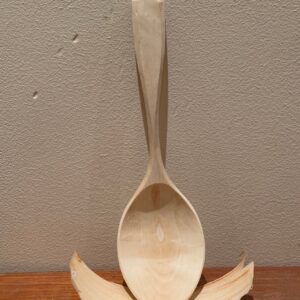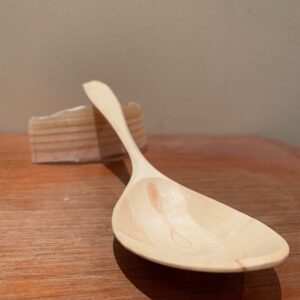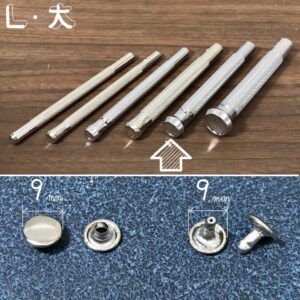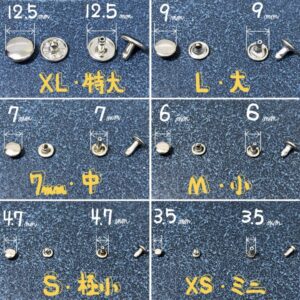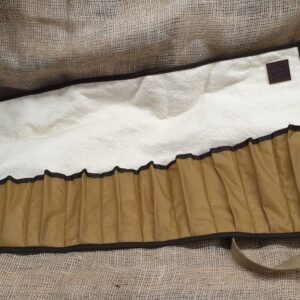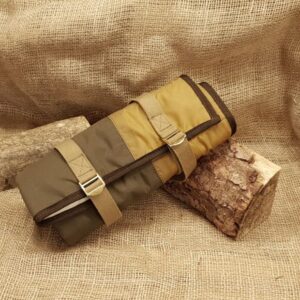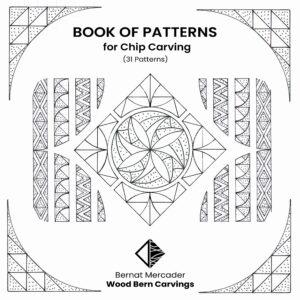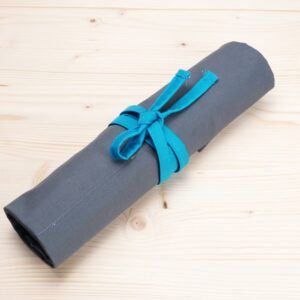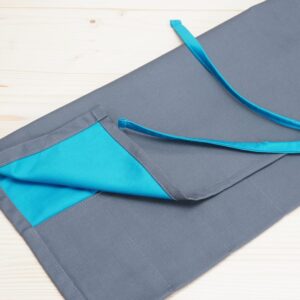A long, slightly rambing musing on the rights and wrongs of harvesting materials from the natural world….
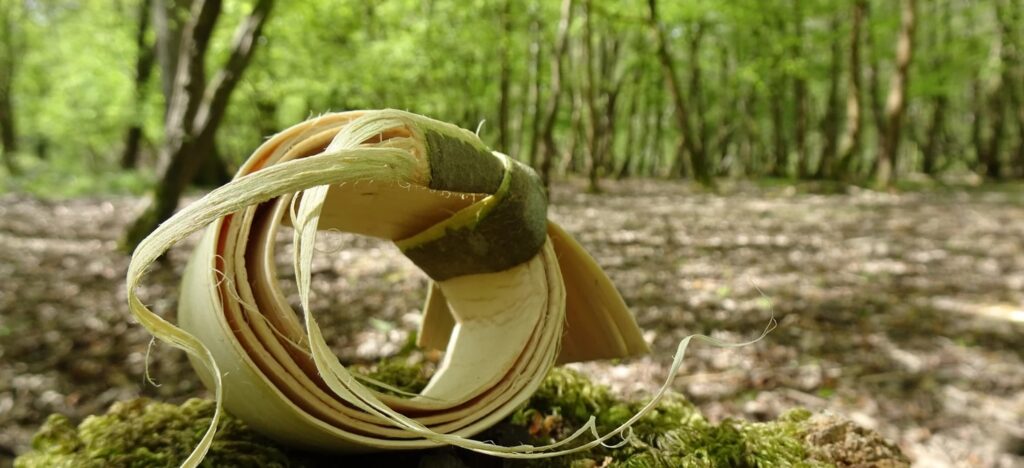
Finding, gathering, processing and finally making your own things from natural materials is a wonderful experience. It’s something I believe we should all enjoy at some point, if only once, in our lives. It brings with it a new understanding of our place in the world, a true connection with our environment, and an appreciation for things that can never be found from buying them.
It is, however, a hotly debated subject. There are many who feel that encouraging the harvesting of natural, wild materials should be avoided because of the rampant destruction human societies are having across the planet already. I sympathise with this view, however my time spent teaching bushcraft and ancient crafts, alongside a life long interest in, and study of traditional peoples and their knowledge has lead me to a different opinion.
I believe that without ‘direct participation’ in our natural environment we will never truly understand it, or ourselves, enough to really want to protect it. More importantly, without direct participation we probably wont know how to.
By direct participation I mean an interaction with the natural world that goes beyond looking at, visiting and walking through it. Direct participation means eating it, feeling it, drinking it, having it provide for some or all of your daily needs without disconnection by either distance or understanding.
Whenever you gather or forage something too fulfil a need, particularly a reoccurring one, a relationship is born between you and this other life which brings with it the necessity for understanding and respect.
Take the humble woven bark sheath for example. If you want to make your own, direct participation in the world beyond your window is essential. Firstly, you’ll need to be able to identify the trees or plants required to make the sheath. This in itself will involve learning more than you may already do about your local flora. It will lead you on a walk, perhaps to places you’ve never been before.
A key element to finding a plant or tree goes beyond simple identification. Understanding where it likes to live is crucial, and thus knowing your own local environment becomes crucial also.
Next comes the connection to the seasons – global and local. Bark, wild foods & wild medicines all have places they like to grow and seasons in which they will provide the things you need. Birch sap runs for only a few weeks a year at the beginning of spring, just before the leaves burst, however localised conditions effect this greatly, as does the weather on the day you go looking.
Upon finding the plant or tree you’re after, knowledge of its body, growth patterns, health and general existence are also necessary to harvest correctly. If you want to be able to harvest more than once, then knowing when this other lifeforce is ready, as well as how to harvest, is crucial. Birch bark, harvested correctly, will not kill the tree. This requires knowing when the time is right, how to check if a particular tree is ready, and how to perform the cuts so as to remove only what can be taken safely – all of which require a relationship with the tree beyond admiring its beauty and knowing its name.
Next comes the element of respect. The biggest argument I hear against harvesting wild things is the notion that too many people will harvest disrespectfully, and that there are so many people populating the globe nowadays that if we all went out and did it there would be nothing left. This argument is a valid one, however as far as I can tell most of us are already harvesting far more than we need from the planet, without so much as a scrap of understanding or respect to go along with it.
So how then do we instil the respect in people which has been lost?
Somewhat ironically, respect can only be achieved through interaction with these wild beings on a far deeper level than most of us are able, or willing, to have. This means cutting them, eating them, planting them, drinking them. We must allow and encourage people to participate in the world if we are to get them to learn to respect it again.
Harvesting wild things in the wrong way can and will damage the ecosystem, however harvesting performed correctly can in most instances actually benefit and enhance the ecosystem for both harvester and harvested. A properly managed coppice woodland is far higher in biodiversity than an untended, ‘wild’ wood.
The Spanish, when they first invaded The Americas, noted that the land, its abundance of wild food and animals, was like a garden of Eden. They didn’t realise then that this was the work of thousands of years of First Nations people ‘Tending the Wild’ to create such an abundance, not a mere miracle of nature.
Goat Willow, ‘Salix Caprea’, is probably the best tree for making your own bark sheaths, or harvesting weaving materials, here in the UK. I say this not necessarily because its a better material, but because it grows abundantly, almost everywhere, particularly liking scrubby, boggy, waste ground. It grows prolifically, responds to cutting with vigorous regrowth, and is extremely hardy. Cut a branch from a Willow, stick it in the ground and it will more than likely put down roots and continue to grow as another tree. If every time you harvested one or two Willow poles you pushed the trimmed ends into the ground before you left, the chances are you would be increasing the amount of trees growing in that area, rather than reducing them.
Respect & understanding are crucial if we are to harvest natural materials properly. Most, if not all first nations peoples around the globe have belief systems which are incredibly similar despite having most likely never crossed paths. They almost always revolve around the idea that these things provided for us are Gifts. This may seem quite simplistic a view at first, as well as a convenient one, but delve deeper and we see the genius in this belief system.
How do you feel when someone you care about gives you something? Aside from the obvious feelings, I would hazard a guess that the majority of us feel the need, in some way, to give a gift in return. Not immediately perhaps, and despite the others insistence on nothing needing to be reciprocated, you feel the need to do something, give something, back.
Now, consider a continuous cycle of gifts, provided day after day, year after year, which enhance and provide you with life. All of a sudden the obligation attached to these gifts becomes more important, more intense, more focused. You feel the need to return a gift in turn, must in fact if you are to sleep well at night. It is this – this feeling – which is the genius at the heart of the ‘gift belief’ and ‘gift economies’ of first nations peoples.
We all know this already of course, our absolute reliance on the natural world for survival, and our debt to it. Our society has allowed us, through the severance of contact, to look away from this debt, to ignore and in some cases forget it entirely. Seeing what we ‘take’ as really a ‘gift’ paradoxically reminds us that we owe something in return.
But how do we repay this debt? Simply put, if we want to keep receieving these gifts we must do it anyway we can, and by actually harvesting the materials ourselves, we will come to know the plants and trees who’s gifts we receive well enough to know what they like, and what they don’t like. To know when they are giving, and when they are not. And this relationship, in turn, may be one way we can begin to regenerate and replenish our planet and ourselves.

